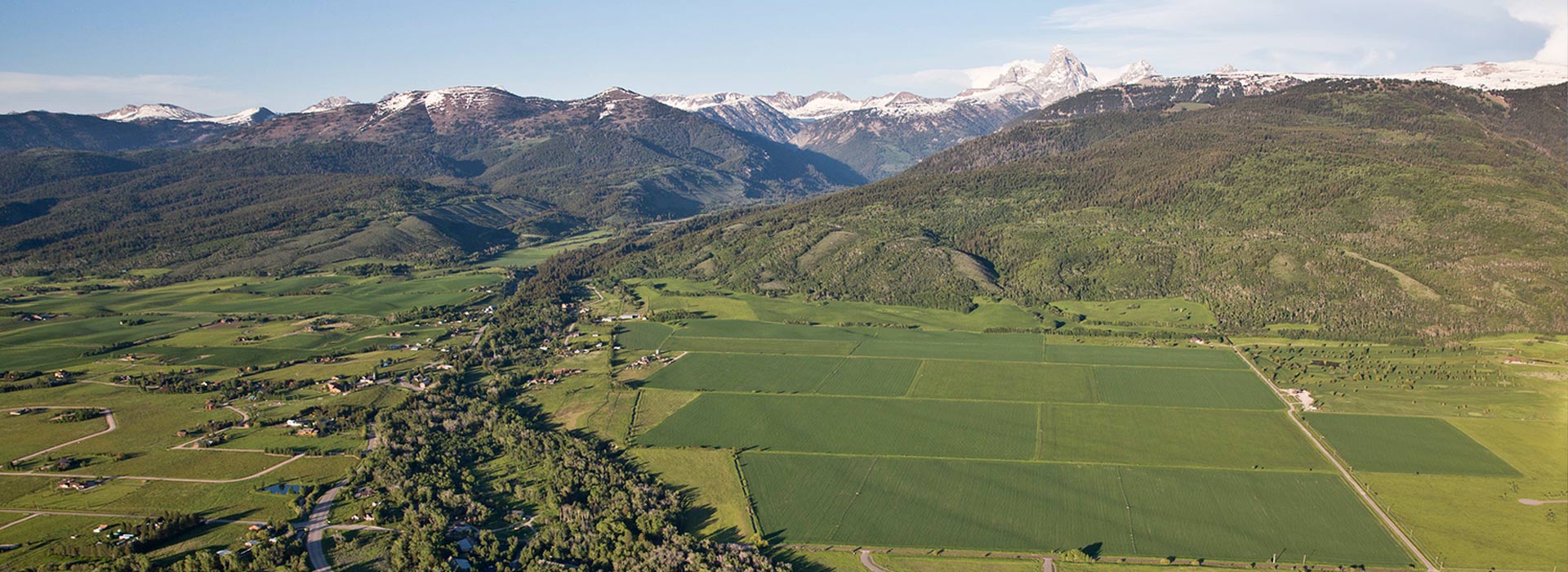“Teton County, Idaho, does not receive property tax, sales tax, real estate transfer fees, inclusionary zoning fees, or other sources of revenue from the resort’s operations”.

How the growth of a ski resort influences it's neighbors
1. County Roads/Transportation:
- Increased vehicle traffic throughout Teton County, ID and Alta, WY leading to congestion, increased noise and air pollution and degradation of state highways and county roads.
- Increased use of alternate routes to Grand Targhee Resort leading to higher traffic counts, dust, accidents, and degradation of rural county roads as well as the quality of life for the community members living along those routes.
- Increased likelihood of wildlife-vehicle collisions on Ski Hill Road and other major and minor routes in Teton County and potential barriers to wildlife crossing of transportation corridors.
2. County Emergency Services:
- Increased strain on emergency services. Because Grand Targhee is in Wyoming, emergency and law enforcement responses are routed through the Teton County Wyoming Sheriff's department. There are no Teton County, Wyoming Sheriff’s deputies based in Alta, delaying emergency and law enforcement response times.
- Increased ambulance calls. There is currently no Teton County, Wyoming ambulance service on the west side of the Tetons. Thus, ambulance transportation needs stemming from Grand Targhee calls upon the one and only ambulance in Driggs, leaving Teton County, Idaho without ambulance service.
- Increased demands on Teton County, Wyoming Search and Rescue resources, which requires volunteers to travel from the east to the west side of the Tetons, or fly via helicopter. Unlike Jackson Hole Mountain Resort, Grand Targhee ski patrol does not execute rescue operations in its sidecountry.
- An increase in summer activities at Grand Targhee exacerbates the risk of, and complicates response to, wildfire.
3. County Transfer Station/Waste Management:
- Increased waste (construction, household, hotel/food service, recycling, hazardous waste) coming into the Teton County Transfer Station during construction and as a result of higher visitation, overnight accommodations, food services, and the presence of year-round residents at Grand Targhee.
4. Cost of Housing/Real Estate:
- As Teton County, Idaho continues to grow, a major resort expansion at Grand Targhee could accelerate and exacerbate the current housing shortage by increasing real estate prices and short-term rentals. This has the potential of displacing the public, private, and nonprofit workforce while also creating longer commute times and associated traffic impacts. This, in turn, becomes a social justice issue when middle income workers, such as resort employees, can no longer afford to live within a reasonable commuting distance from their workplace.
5. Water quality and quantity:
- Municipal water supplies and domestic wells in Alta and Teton Canyon could be negatively impacted by runoff from construction in the proposed expansion area and by increased water use at the resort..
- Wastewater treatment facilities at the resort may not be adequate to appropriately treat additional wastewater and ensure the Teton River watershed is not negatively impacted.
- Increased water usage could also impact water availability and aquifer recharge in the Teton River watershed.*
6. Visual Impacts
- New restaurants on top of Freds Mountain and Peaked,new roads, additional lift towers, new ski runs, and increased lights on the mountain at night will all be visible from Teton Valley, and backcountry areas on the west side of the Tetons.
- Nighttime impacts under Grand Targhee’s proposal could include: night skiing, night grooming operations in Teton Canyon, and additional lights from new commercial and residential facilities, including mountain-top restaurants.
- Driggs is a dark sky community. The City has determined that light pollution is not the inevitable side-effect of progress, but is instead indicative of wasteful, harmful, and ineffective outdoor lighting. Thus, it has decided to pursue what is known as a dark-sky policy—this is not just about starry nights, but addresses public issues related to visibility and safety, economic vibrancy, property rights, environmental health, and resource efficacy.
Alta, Wyoming
- Anybody driving to Grand Targhee passes through Alta, WY on a two lane country road. Already, resort traffic has negative impacts on the town. People speed through the Alta school zone, and there are no Teton County, Wyoming sheriff deputies present to enforce speed limits. Increasing traffic also leads to an increase in wildlife collisions and roadkill. These impacts will be exacerbated by a resort expansion, which would further increase traffic. Alta's municipal water system is located inTeton Canyon. After the road to the Sacajawea lift was completed in 2001, Alta residents began to have sediment in their drinking water during spring runoff. This has become a yearly event. Residents report cloudy drinking water and their toilet tanks becoming covered with a layer of silt. Additional road construction and development of the resort in the Alta municipal watershed will likely further exacerbate these issues.
- There is now a reader board in Alta for parking at Grand Targhee.
*Cindy Riegel, Teton County Commissioners public comment letter to USFS 10/9/2020

